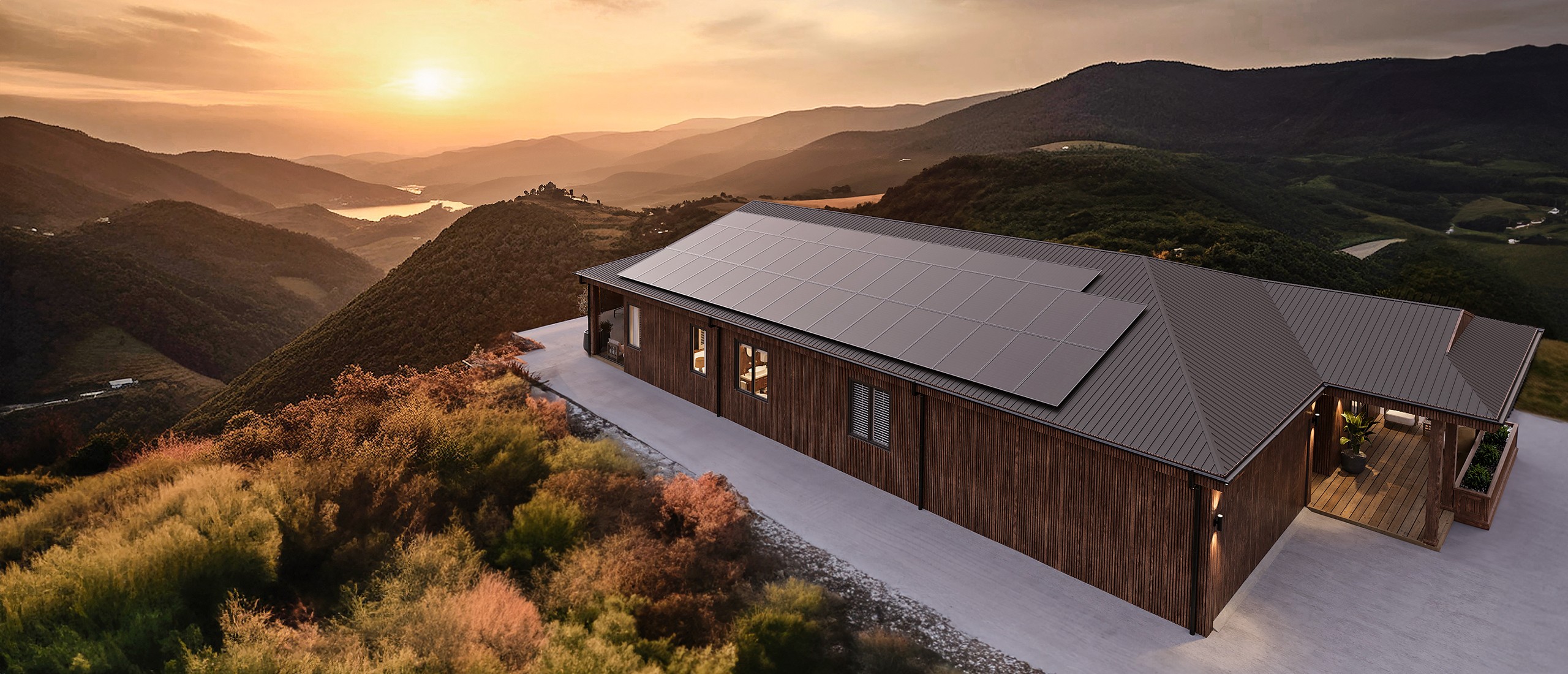
Great
We just sent you an email.
Check your inbox and follow the prompts.
See you soon,
Team Momo

We just sent you an email.
Check your inbox and follow the prompts.
See you soon,
Team Momo
Momo Homes gives you the power
to control your home energy use.
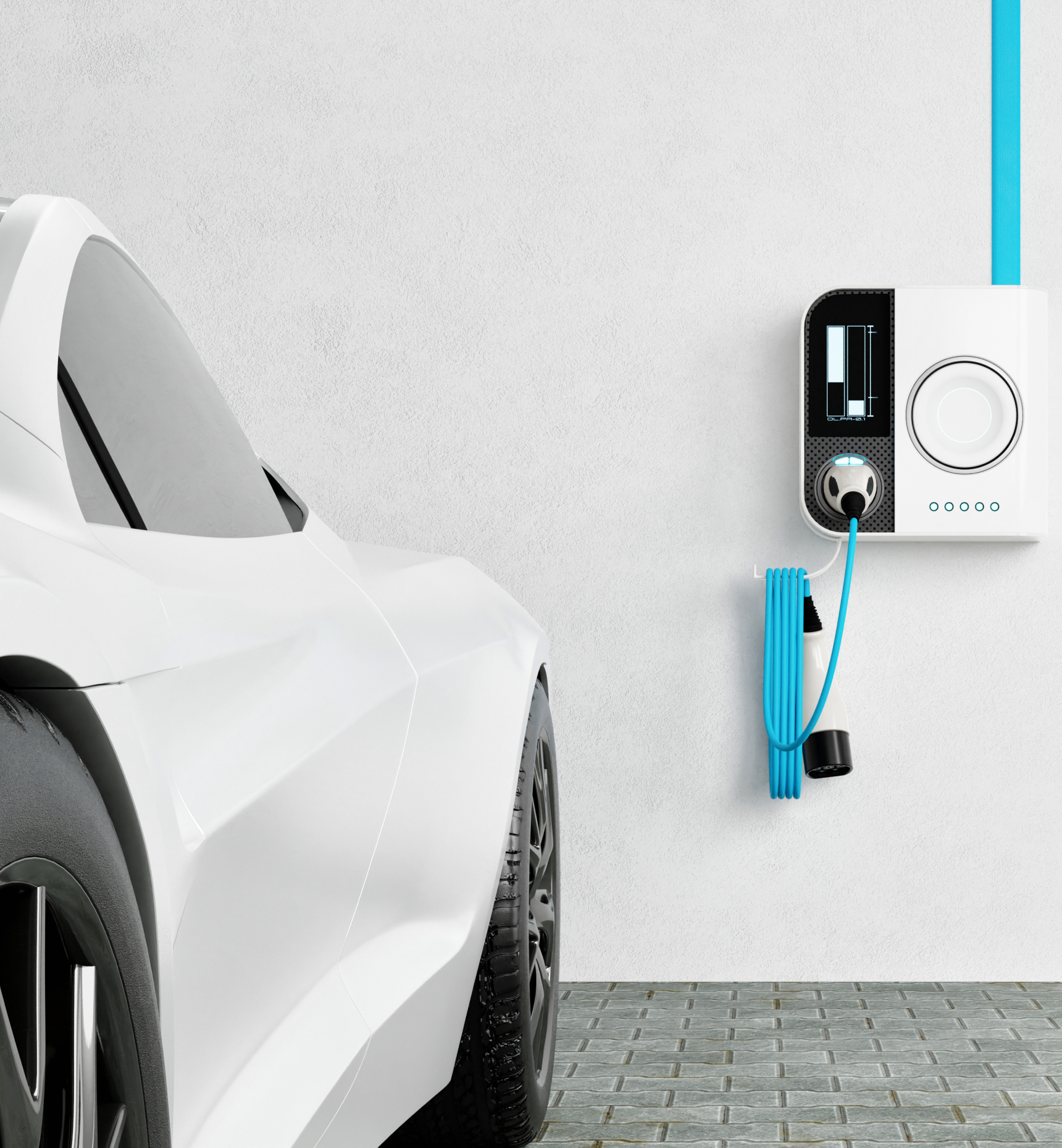
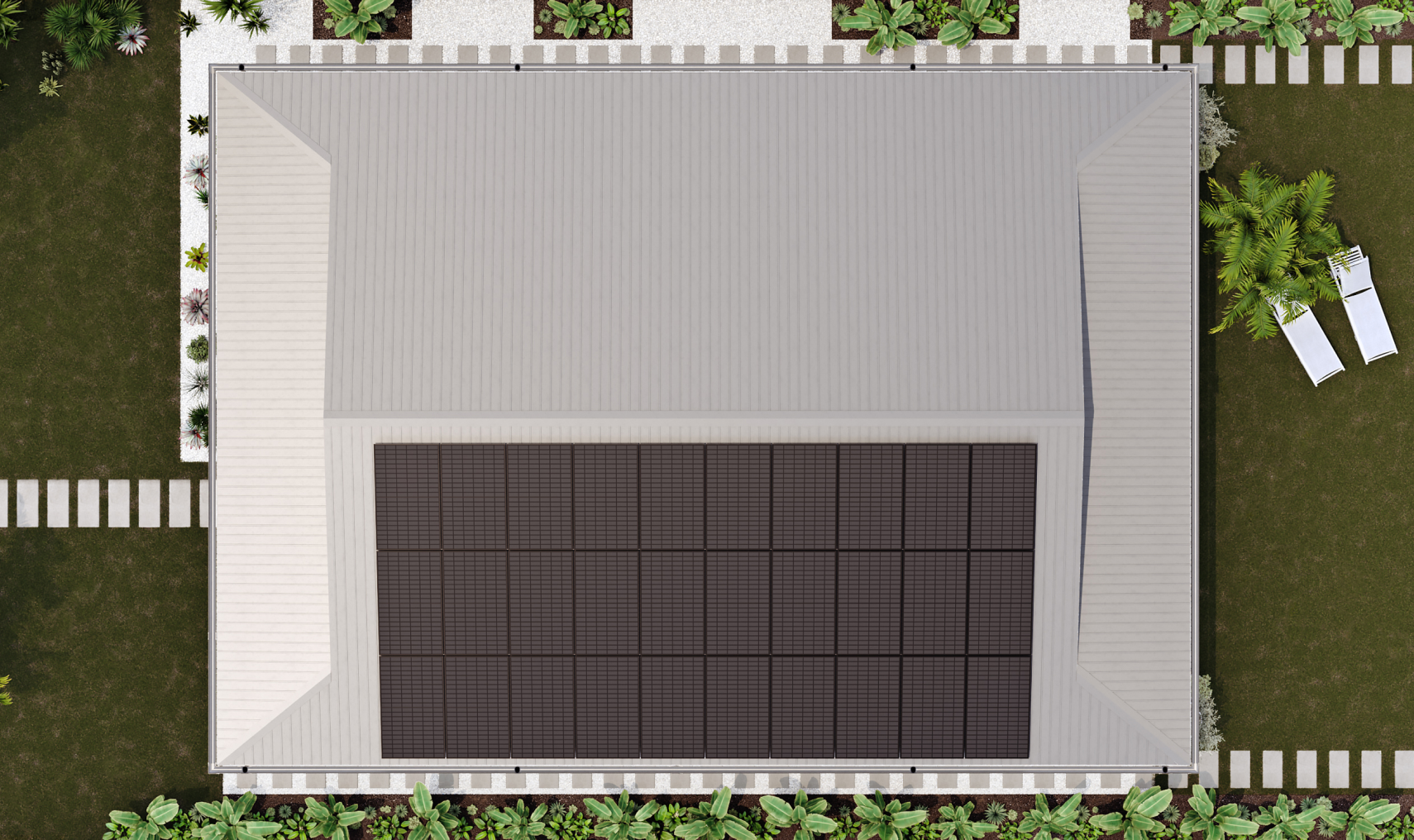
Always set to
power-saving mode
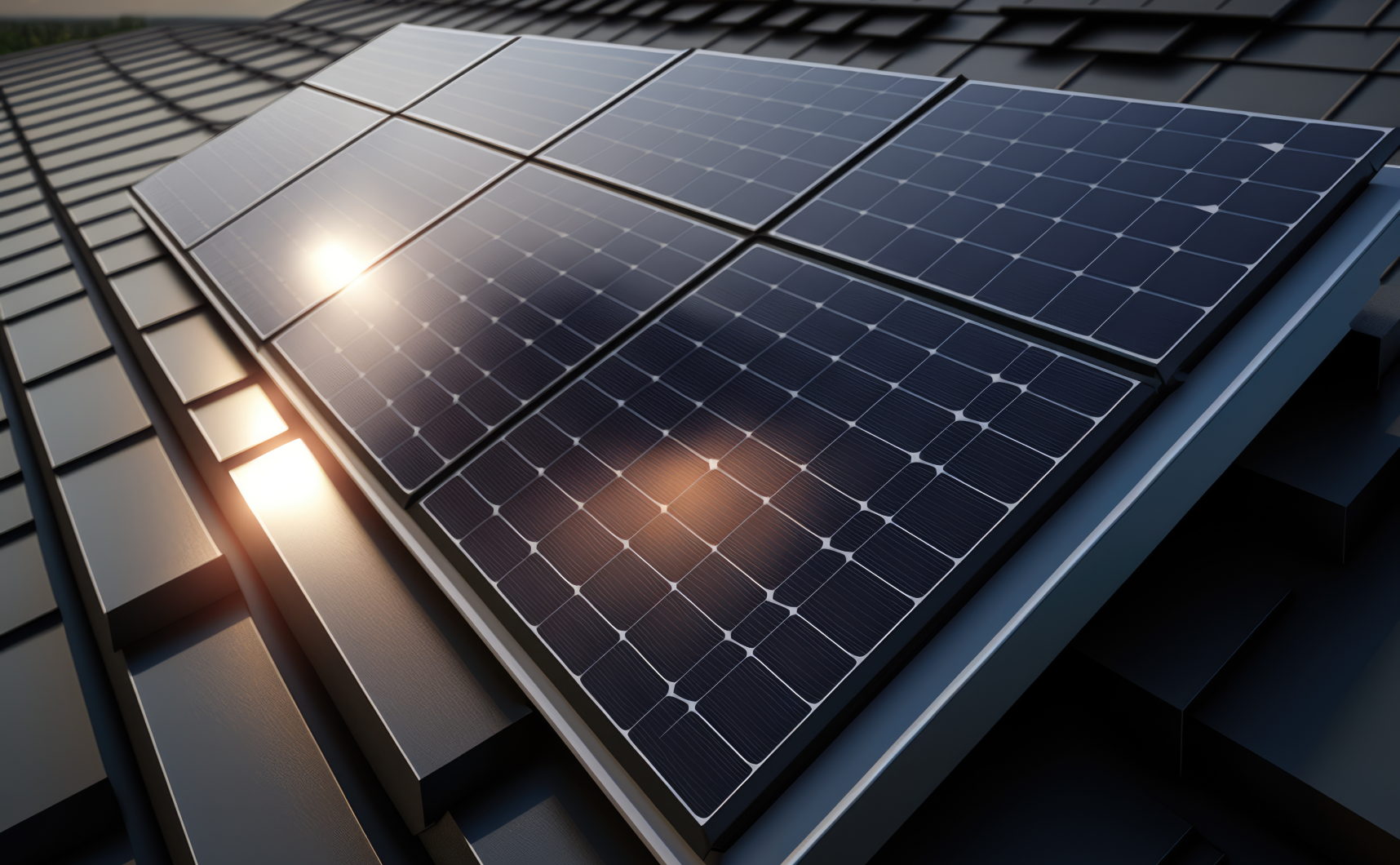
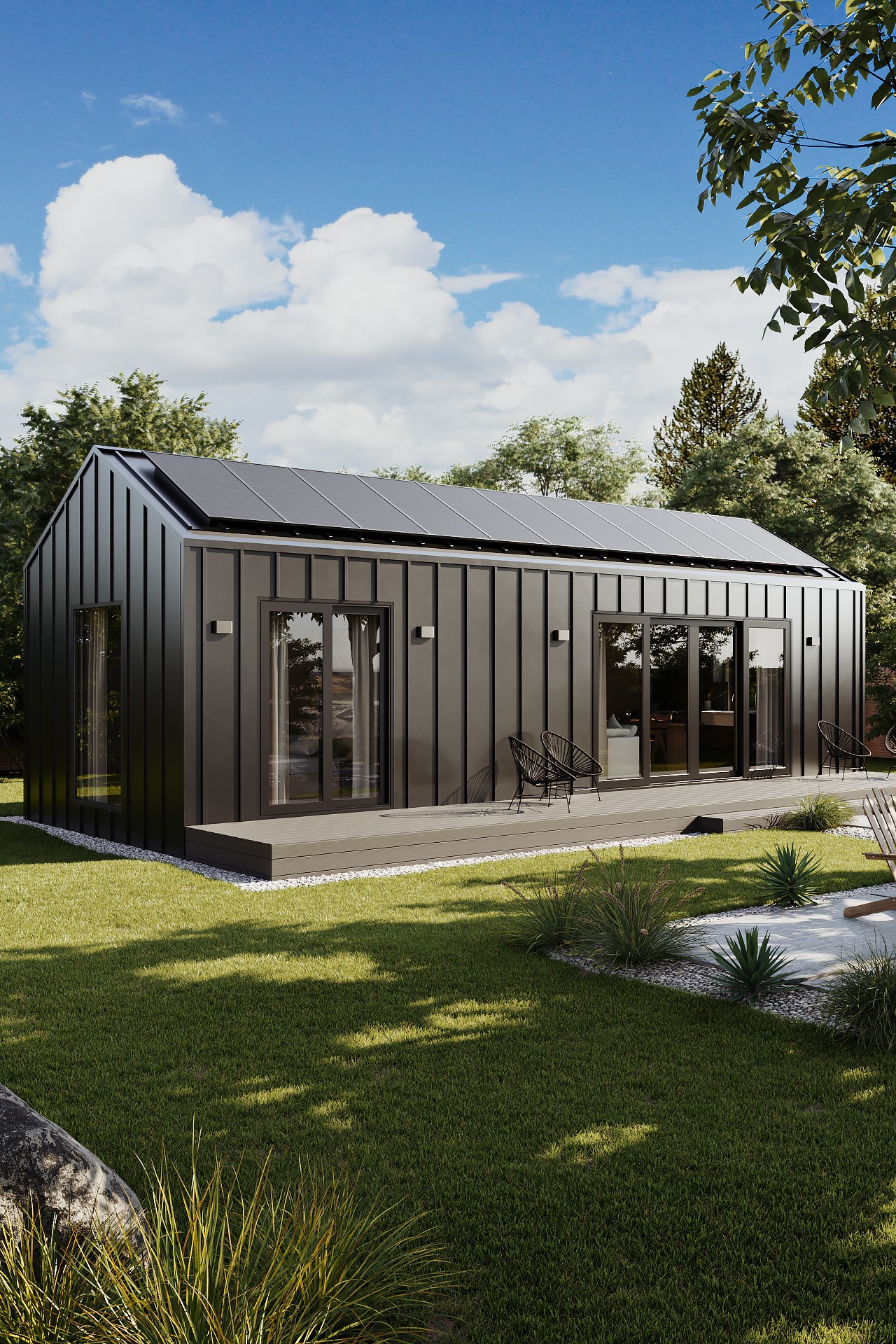
Our meticulous manufacturing process
yields beautiful, enduring, and affordable
homes, furnished with energy-efficient
materials, components, and appliances.
Highlights include:
